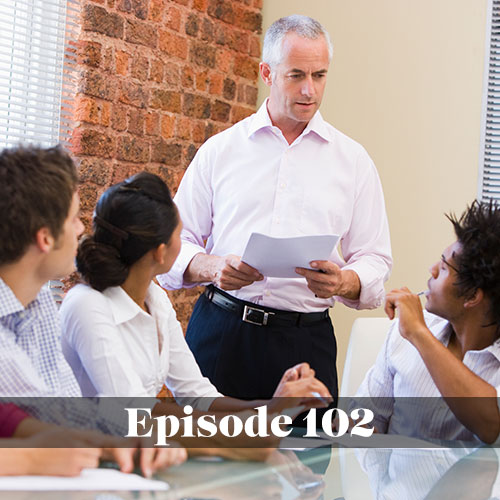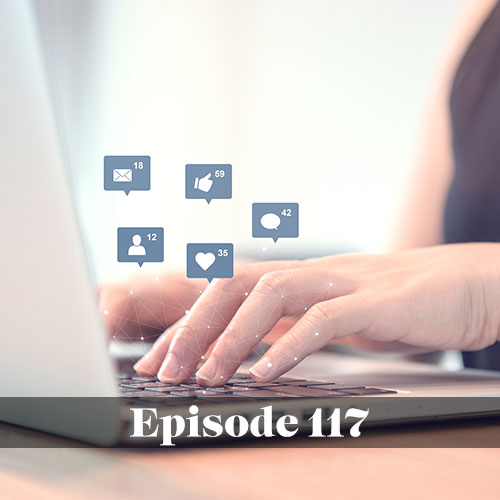In this episode, host Joel Gagne speaks with Paul Fallon of Fallon Research & Communications, a full-service public opinion research and polling firm. Paul discusses the value of public opinion research in understanding your community and how best to communicate your district’s priorities.
The firm chooses to assist schools because, next to roads, they represent the most important and enduring public investment, Paul says.
“Such as through the development of the culture and the general sense of community that exists,” he says. “Schools are a central part of most towns and cities and they are typically a magnet for those communities.”
There are many reasons to conduct public surveys. School districts get to hear from people they don’t often hear from. And surveying is a quantitative way to measure not only opinion but performance.
Joel and Paul say spending money on public opinion research rarely gets pushback from community members.
“You never have to apologize for asking people what they want,” Paul notes.
District surveys often start with baseline questions, such as asking respondents to rate the quality of education: excellent, good, fair, poor or very poor. You can ask about the management and spending of tax dollars and about whether there is too much emphasis on certain extracurricular activities. Or, is there sufficient technology available in classrooms?
Respondents should be asked for their age, race and other personal details to make sure the community is being wholly represented. Homeownership is another key variable.
Districts will come away with a much better idea of opinions and goals of the entire community.
“One of the things I often hear from school superintendents is they now know how to engage non-parents,” Paul says.
Many school districts live in bubbles because they think they’re effectively disseminating information through news outlets or direct mailings. But, in reality, sometimes less than half the community knows about even a significant issue like budget cuts. Paradoxically, in the information era, it’s actually tougher to reach people, Paul says.
“School systems and other governmental entities will find out that awareness about something that they assumed was common knowledge is actually quite low,” he says. “And that’s one of those jarring moments that kind of helps recalibrate the understanding of how well they are communicating with the public.”
Paul says focus groups should be done to precede a survey, in order to find out what things should be tested.
Many districts get it wrong. Inviting parents into the school for coffee and donuts won’t be sufficient, in part because they won’t speak as freely.
Paul says his firm holds formal focus groups at neutral locations, using blind recruiting to populate the group with a composite of respondents.
Joel asks Paul about how his firm views SurveyMonkey and other informal tools for gauging opinions.
“I think SurveyMonkey can be a valuable tool, but it’s like anything else—it’s how you use it,” Paul says. “If you’re trying to use it to gauge public opinion, you’re going to find out that the data is going to be woefully inaccurate.”
There’s self-selection bias, meaning the people most interested in community issues will be the ones most likely to participate in the survey.
“Often times they represent a small minority in the community and making decisions based on their point of views can lead you astray very easily,” Paul says.
To close out the episode, Paul recommends listeners read the book Undaunted Courage by Stephen Ambrose.
Got a question or topic you’d like covered in an upcoming We Love Schools podcast? Email us at info@weloveschoolspodcast.com
First time listening to We Love Schools? Learn more about our weekly podcast.
Interested in learning more about how the Allerton Hill Communications team can help your school with communications? Contact us today.






